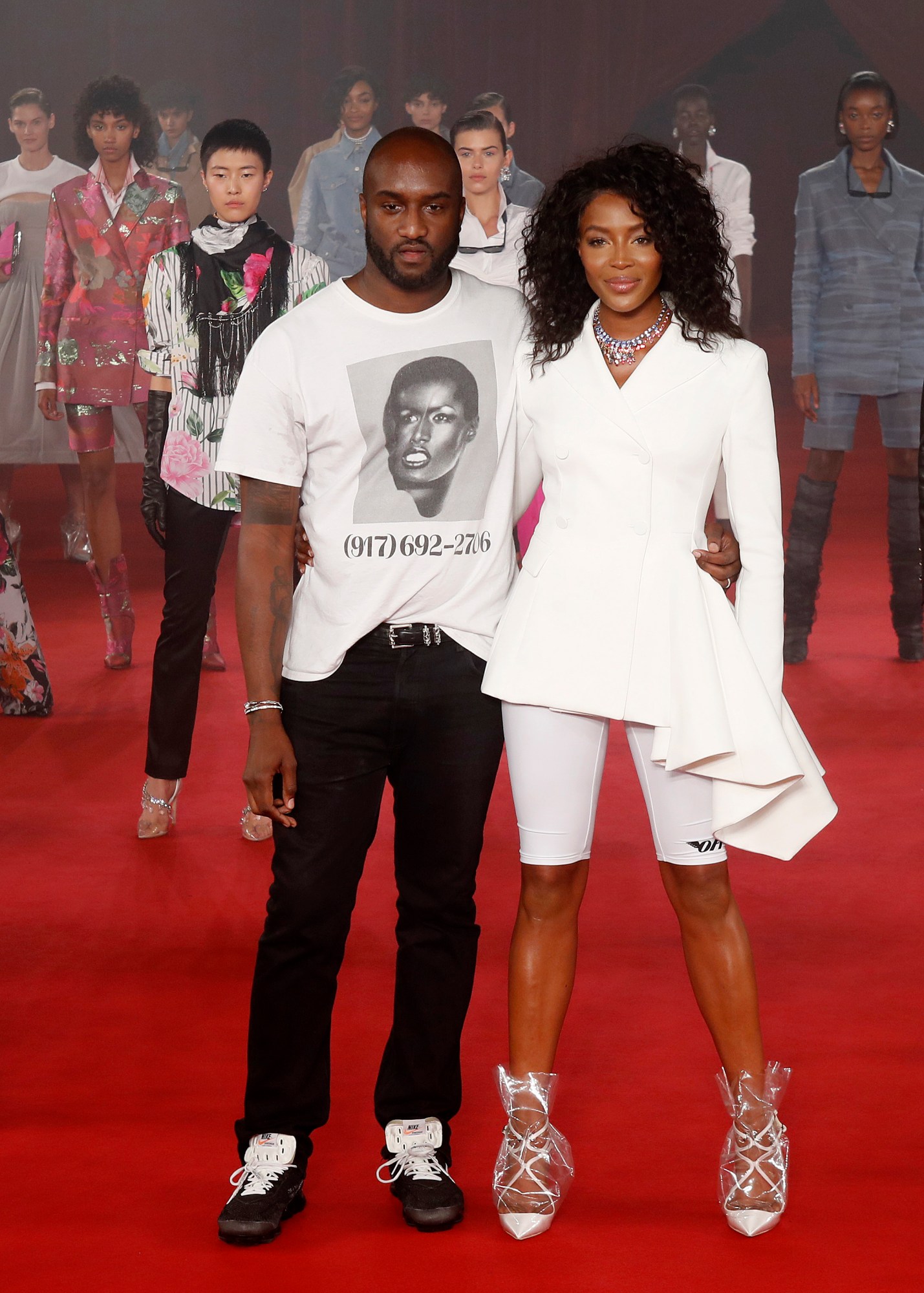When Off-White debuted its SS14 collection in 2013, the impact of its breakthrough into fashion was but a dream. Now, the brand is a highlight on the Paris schedule, a cultural behemoth, and a commercial powerhouse that consistently ranks as one of fashion retail’s most desired names. Born out of the embers of Virgil Abloh’s previous enterprise, Pyrex Vision, Off-White’s mission objective was to translate the culture which the designer surrounded himself by onto the world stage; in high fashion, and beyond.
“I remember talking with Virgil around 2007, when we were working with Kanye and Nigo on Pastelle,” reflects Dior Men’s Artistic Director Kim Jones. “Even then, he was talking about the concept of a label he would like to do – one which would encompass all aspects of design. He had a very big vision for it, and I always admire people who think big: they change the world.” Kim has been proven right: in the scope of its influence and the ways in which it achieved it, in unapologetically celebrating Black and youth culture, in many ways, Off-White changed visual culture in a manner few others have ever achieved.
Borne out of the idea that there was a gap in the industry, “I was trying to communicate that this generation wants to play a part in fashion,” Virgil told curator Hans Ulrich Obrist in System in 2017. At a panel talk with Kim Jones for Off-White, he continued to express that “my motivation is, in part, a bit of angst that comes from feeling like I don’t belong; that our generation doesn’t belong. I made a conscious decision that I wasn’t just going to be a consumer; that at least one of us would appear at the end of a Parisian runway.”
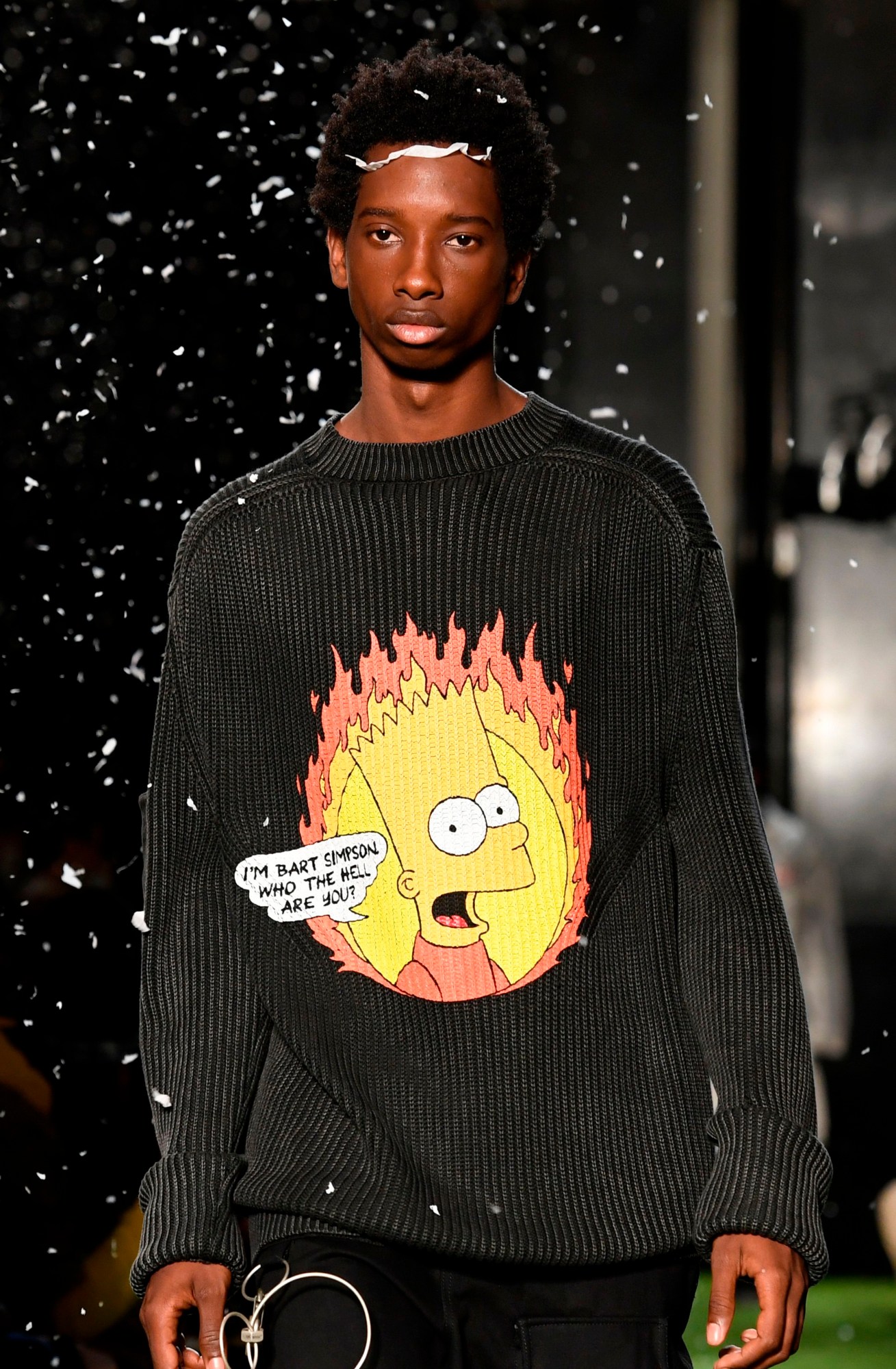
Virgil’s work at Off-White is one shaped by his unorthodox fashion training, accompanied by a heavy dose of postmodern irony. Aside from his internship at Fendi, his resume did not fit the industry standard of a designer: he was trained in civil engineering, first worked as an architect, and spent years heading up Kanye West’s creative agency, Donda. Celebrating rather than shrouding his outsider perspective, Off-White found its way to the spotlight using fringe methods often derided by the industry. Nowhere was this more evident than in Off-White’s use of the readymade. The brand’s arrow logo itself, for instance, faced accusations of plagiarism from unofficial fashion police Diet Prada in 2018 when they found a matching design used at Glasgow Airport in the sixties. However, this was the tip of the iceberg for a brand built upon the fine art of sampling. Its skill lies in its assemblage of various cultural signifiers, or the light tampering of an icon to create something new. When Diet Prada struck again in 2020, critiquing Off-White’s tulle gown for its similarity to Givenchy’s Spring 2020 couture gown, Virgil’s sleight was missed. By splicing a couture gown with an Arc’teryx jacket, Off-White juxtaposed a cult streetwear item – often worn by the graffiti writers he loved – with the pomp of haute couture.
Virgil’s celebration of subculture and enthusiasm for the furore it inspires is key to Off-White’s success. A child of streetwear, he understood that one man’s Mercedes is another’s Nike Air Jordan. Where sneaker scenes focused on crumbling rarities, Off-White asked: what happens if we take the sneakerhead’s fetish object and switch it up? Abloh’s first outing in doctoring sneakers anew was The Ten project, which saw ten iconic Nike sneakers reimagined. In the accompanying Taschen monograph, ICONS “Something’s Off”, Virgil describes it as “The idea of obsession/effigy. Remaking something you love over and over to create a replica.” The book details Virgil’s frantically recorded streams of consciousness as he scoured the Nike archives piecing together his ideas over text messages.
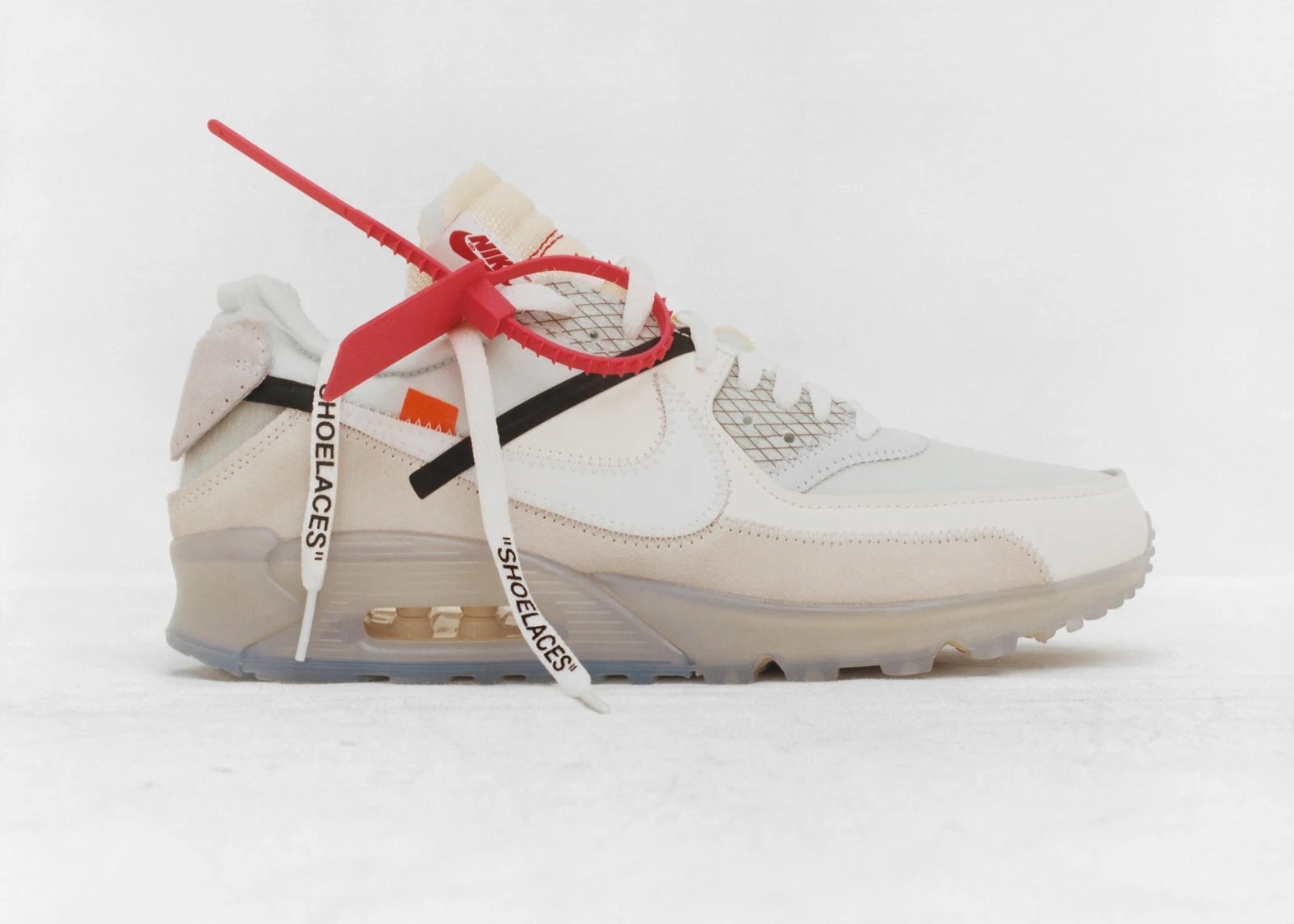
Released in 2017, the sneakers might now hike up serious resale value, but The Ten project put community first. To coincide with the sneakers’ launch, Off-White and Nike teamed up for “Off-Campus”, which involved a series of workshops where creatives including Kim Jones, Martine Rose, Max Lamb, Grace Wales Bonner and Michèle Lamy would teach young attendees how to customise their Nike sneakers, or invite them to intimate panel discussions and workshops. Zainab Jama, the Deviation pioneer and Head of PR and Marketing at Supreme, worked on The Ten’s London events. For her, it was about “bridging the gap between the industry and its fans, giving back and letting them in with first-hand experience.” This is, of course, just one of the many satellite initiatives Off-White programmes, such as the “I Support Young Black Business” project, which fundraises quarterly for Black communities. “Off-White has always been about inclusivity and community,” says Zainab.
Off-White is a fashion brand by trade, but its objectives are rooted in changing paradigms. Virgil’s oft-cited aphorism, where he would call himself a “Trojan horse”, encompasses that perfectly. “Off-White behaves like a luxury brand, but the spirit and everything underneath it relates to issues of race, youth culture, and globalization,” Abloh revealed in his System interview. Through its choice of visuals, reference points and graphic design, Off-White provides a semantic diagnosis of our time – agitating the status quo as it does so. “I think about his free spirit and constant quest for innovations all the time,” Hans says looking back at their conversation. “He continues to inspire me every day. His talent, curiosity, and approach to experimentation will eternally stand out.”
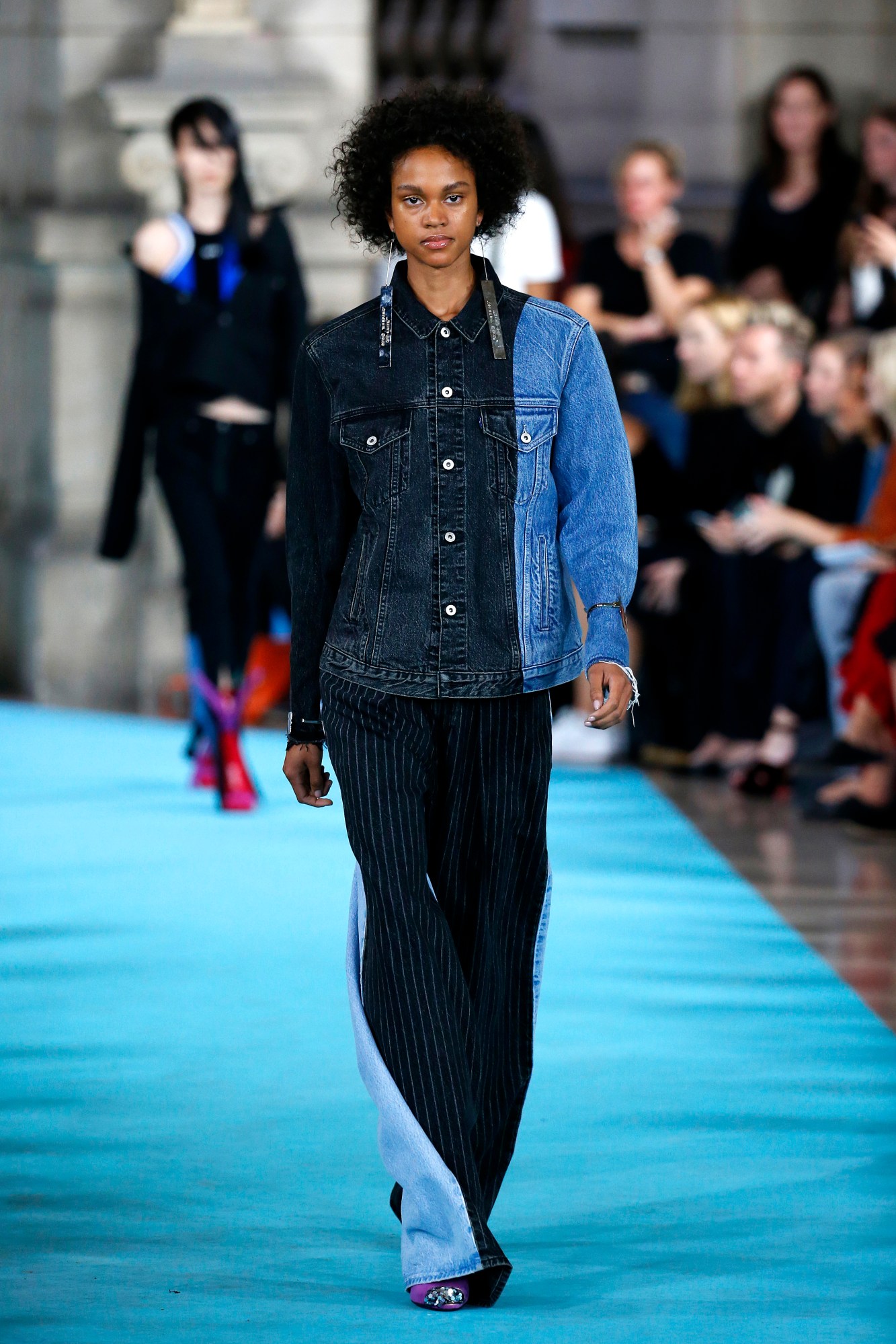
The irony of using a commercially successful maison to comment on contemporary capitalism was not lost on Virgil, though. Rather, he embraced it. Irony – particularly figures of speech – allowed him to discuss thorny issues at a remove. Take, for example, his SS16 men’s collection, entitled “Blue Collar”. Patchworking Royal Mail and DHL shirts with pinned badges that read “Working Class”, Abloh opened a conversation about class division through the medium of fashion just as he had opened conversations about race and youth culture.
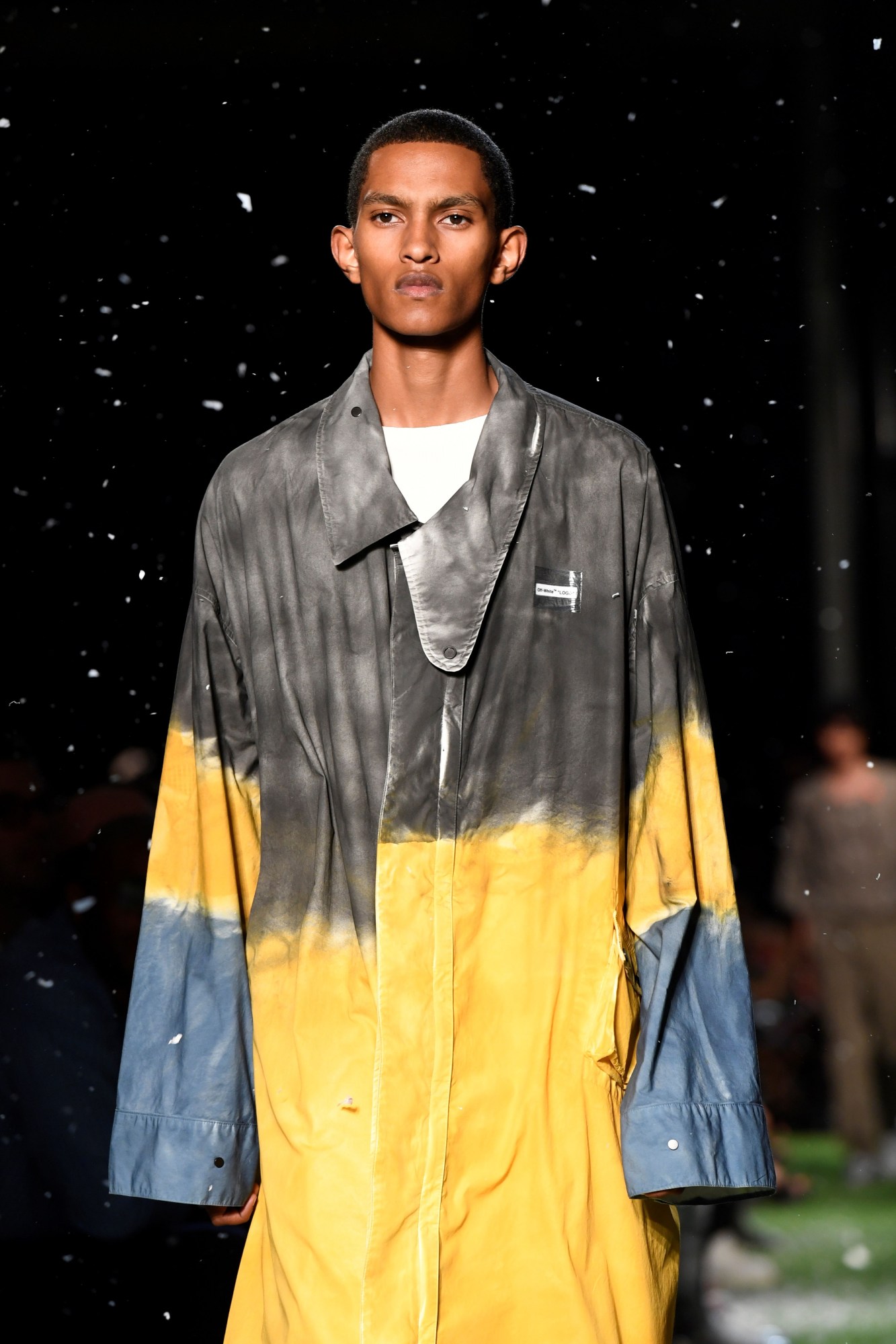
Bringing this to the table in fashion was no small feat. Off-White, as widely esteemed as it is, faced prickly critique, finding itself in a back and forth with fashion’s old establishment. But Abloh was an eternal optimist, treating critique as fruitful. When Raf Simons suggested Off-White was unoriginal to GQ, Virgil’s response was typically brilliant: a show entitled “Nothing New”. In Off-White’s more recent years, questions of maturity and whether Virgil could step beyond streetwear plagued the discourse. His appointment at Louis Vuitton did little to temper this at first, but he stuck to his vision, bringing subcultural obsessions from his own and today’s youth to the fore. Kerwin Frost’s Spaghetti Boys and Asspizza got their moment alongside Heron Preston in a 2015 capsule collaboration, while the late graffiti legend Dondi White was honoured with a whole runway collection for SS19.
Treating Off-White as his canvas, Virgil platformed those he believed in, regardless of their stature in elitist high culture. By remaining open to all opportunities and avenues, Off-White acquired the necessary clout amongst establishment and ample success to bolster the youth. But underpinning all of this was its founder’s bolshy approach to experimentation. “Virgil was one of the greatest creative explorers of our time,” affirms curator Hans Ulrich Obrist. “Always looking to the future.” With all the wonder of seventeen-year-old Virgil to keep it fresh, Off-White became a fashion authority, telling its audience what’s hot, while the old guard caught up. Where Off-White goes next is not known, but things look hopeful. ‘I’m sure there are a million ideas stored in hard drives and sketchbooks,” says Kim Jones. “Kids who aspire to be designers can guide the brand for years to come.” Virgil was right. The youth always win.
